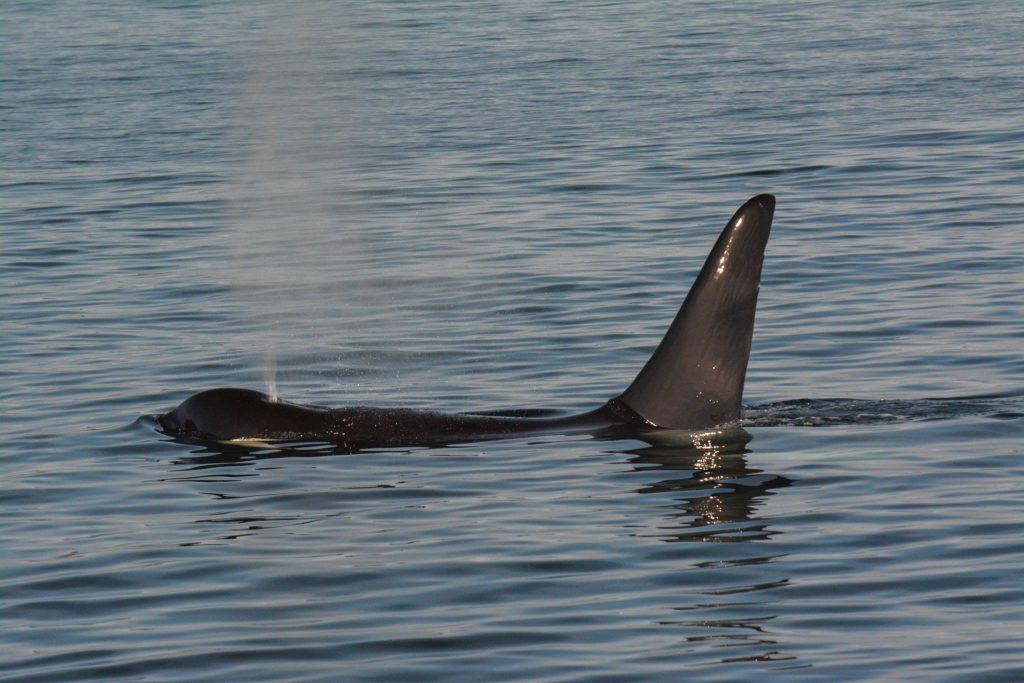On March 30, 2023, the Miami Seaquarium, which recently came under the management of
The Dolphin Company, entered into an agreement with Friends of Lolita, a non–profit organization to return Lolita, a killer whale, to an ocean sanctuary, according to a press release.
Every major news outlet as covered the story from the New York Times to BBC News. Yet, when people just read headlines, misinformation spreads. We’ve seen a lot of assumptions of Lolita simply being “released to the wild.” So, we want to introduce you to Toki and give you a bit of her history.
Who is Lolita?
Lolita is a female orca who has resided at the Miami Seaquarium for 52 years. She also goes by Tokitae or Toki.
She is the last surviving orca captured from the Salish Sea Southern Resident Orca community during the late 1960’s and 70’s. Toki was 4-years-old when she was captured in Penn Cove on Aug. 8 1970, and originally sold to the Miami Seaquarium September 1970, which is where she was renamed Lolita. She arrived as a playmate for a young male orca named Hugo, who had been captured in Puget Sound in February, 1968.
5 orcas died, including 4 calves, when Toki’s pod was rounded up to be caught and sold. 6 other young whales were caught and shipped around the world. All but Toki died within 5 years.
Hugo died in 1980.
By 1987, Lolita/Toki was already the only survivor of the approximately 58 orcas that had been taken from Puget Sound.
Scientists suspect her mother, called Ocean Sun, is still alive in Puget Sound and about 95-years-old. She was spotted last summer.
The Southern Residents
Orcas live in every ocean from the Carribbean to the Arctic and Antarctic. Based on where they live, populations differ in appearance, behavior, social structure, feeding strategies and vocalizations.
According to the Marine Mammal Commission, in the eastern North Pacific, there are three populations of resident killer whales: Alaska Residents, Northern Residents, and Southern Residents. The Southern Residents, which comprise the smallest of the ‘resident’ populations, are found mostly off British Columbia, Washington and Oregon.
Lolita is a southern resident. These orcas specialize on Chinook salmon. They live in stable family groups led by a senior female, called the matriarch. There are 3 pods, called the J, K, and L pods. Toki is a member of the L pod.
In 2005, the Southern Resident killer whale was listed as endangered under the Endangered Species Act, with just 73 individuals in the population. According to NOAA Fisheries, “threats to their population include reduced quantity and quality of prey, persistent organic pollutants that could cause immune or reproductive system dysfunction, and noise and disturbance from vessels.”
The Miami Seaquarium Controversy
For decades animal activists groups have fought on Toki’s behalf. Why?
Toki’s tank violates the Animal and Plant Health Inspection Service (APHIS) standards for size requirements. APHIS is an operating unit of the United States Department of Agriculture (USDA). Based on regulations, a tank for a killer whale the size of Lolita must be a minimum of 48 feet wide in either direction with a straight line of travel across the middle.
Toki is approximately 21 feet long and 7,000 pounds. Lolita’s tank is about 35 feet wide and 20 feet deep at the deepest point and a mere 12 feet deep around the edges. Her tail touches the bottom of the tank if she hangs vertically in the water. In the wild, these animals can swim up to 30 miles per hours, leap out of the water, and dive 1,000 feet deep.
Furthermore, a several serious issues were noted in this June 2021 USDA inspection report.
She has also lived without any other orcas since 1980 when Hugo died, though she has resided with a few dolphins.
Return Home
On Thursday, Miami Seaquarium, Philanthropist Jim Irsay and the Friends of Lolita nonprofit announced plans to release her to home waters. So far, that’s about all that is known. However, she will not simply go from captivity to the wild. It will likely begin with a seaside sanctuary and then possible reintroduction to wild living.

Wild male orca. Photo credit: Bethany Augliere
Things to Consider
There are many things to consider when releasing Toki not just to the wild but even a seapen. Stay tuned for our next post in the series as we address this in more detail.
Learn more about Southern Residents.


